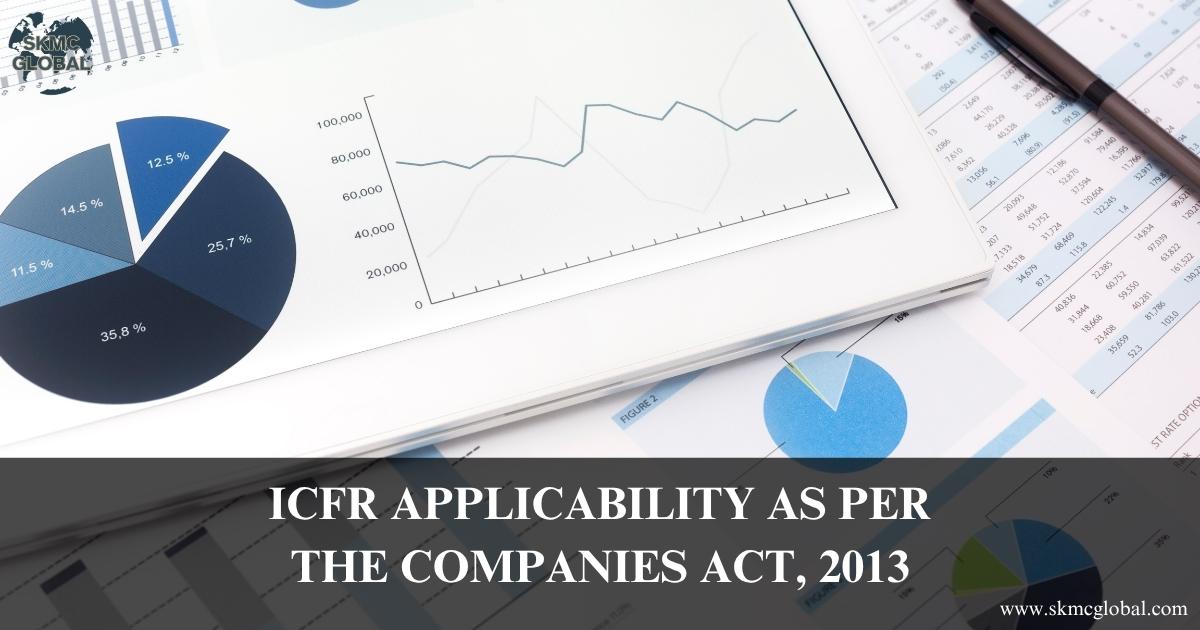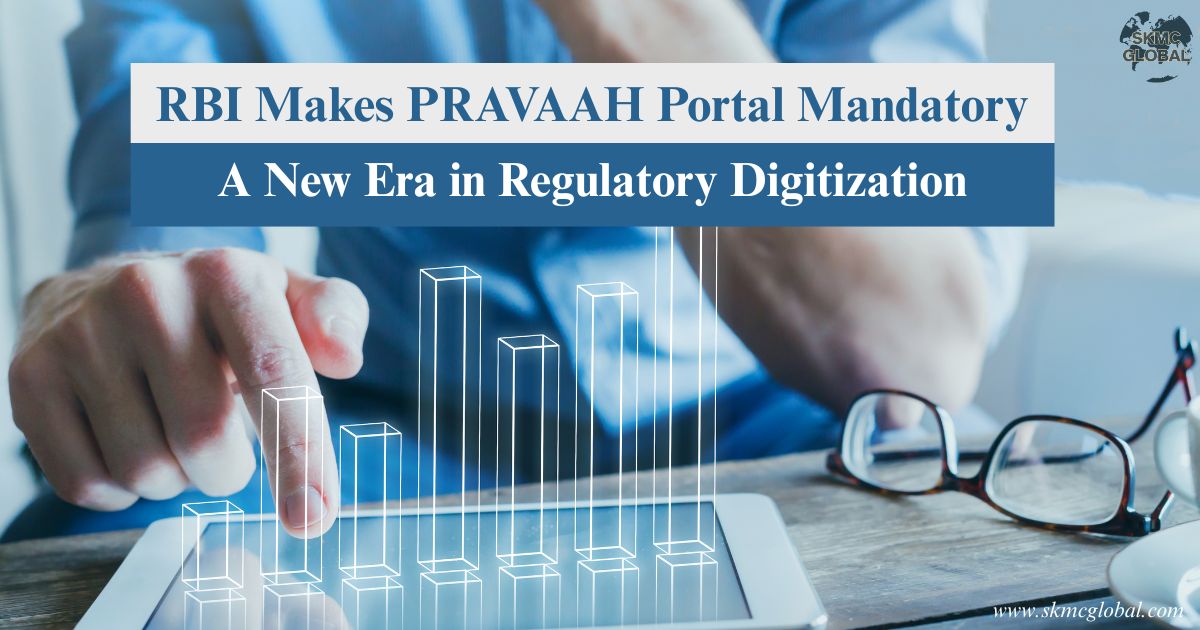
Amidst the colorful canvas of Indian corporates, the story is fast shifting from profit maximization to a complete paradigm shift embracing the welfare of society. This paradigm shift is powered by Corporate Social Responsibility (CSR) – a philosophy enshrined within the Companies Act, 2013, which compels businesses to contribute positively towards the welfare of society and the planet. It is not philanthropy only; it is synergistic, long-term growth.
CSR: The Ethical Business's Soul and Its Compliance Framework
Effectively, CSR in India is a statutory obligation for certain companies to put aside a percentage of their profits in certain social and environmental projects. It is all about recognizing that companies are part of a greater social ecosystem and thus have a responsibility to give back. The Companies Act, 2013, Section 135, Chapter IX, and Schedule VII, and the Companies (CSR Policy) Rules, 2014 (amended), is the robust legal apparatus.
Applicability: Is Your Organization Under the Scope of CSR ?
All organizations are not liable to undertake CSR activities. The CSR regulations apply to organizations that have one of the following financial performances in the immediately preceding financial year:
- Net worth of INR 500 Crore or more, OR
- Turnover of INR 1000 Crore or more, OR
- Net profit of INR 5 Crore or more.
It should be noted that as soon as any company falls under any of these criteria, it is still obligated to fulfill CSR requirements for the next three consecutive financial years even if its financial limits fall below the requirement period. The requirement is strictly applied for three years after it has been activated.
Recent Issues and Clarifications: Frequent controversy, notably regarding the definition of "net profit" for purposes of application, which we discuss in more detail below. Additionally, controversies often concern how the thresholds apply to holding and subsidiary companies. Generally, the application is at the individual company, rather than a consolidated, level, unless otherwise specified.
Understanding how to compute profit margin
This is where the accounting accuracy comes into the picture. The CSR contribution is a portion of a firm's "average net profits." But what is "net profit" for the purposes of CSR, anyway? The Companies Act, 2013 clarifies that the net profit should be determined under Section 198 of the Companies Act, 2013. This is an important differentiation, as it is not merely the accounting profit reflected in your profit and loss account.
How to Compute profit margin for CSR (Section 198):
Section 198 prescribes a clear method to compute profit margin for managerial remuneration, which is then utilized for CSR. The method involves starting with the profit before tax (PBT) and applying some adjustments thereafter. A step-by-step description of how to compute the profit is as follows:
- Start with Profit before Tax (PBT): Take your profit of the Profit and Loss account for the accounting year in question, before tax.
Add Back Certain Items:
- Subsidies from any government or public authority (unless they are for some special purpose of capital).
- Any profit on sale of property (movable or fixed) or investment, unless the business of the company ordinarily is to buy and sell such property/investments.
- Any amount standing for unrealized gains, notional gains, or revaluation of assets.
Deduct Certain Items:
- Income tax paid (income tax, wealth tax, or any other tax paid on income/profits).
- Any compensation or damages paid by the company on behalf of any legal liability.
- Losses resulting from sale of property (fixed or movable) or investments, where business of the company is not to purchase and sell such investments/property.
- Any amount in respect of unrealized losses, notional losses, or decline in the value of assets.
- Voluntary payments to employees, past employees, or their dependents (e.g., ex-gratia payments).
- The depreciation amount according to Schedule II of the Companies Act, 2013.
Note that no profit of foreign branches of the company (wherever it exists) and dividends of other Indian companies liable to CSR provisions is added to this calculation. This is so that CSR spending isn't imposed on already CSR-lieable profit earned by some other Indian company.
Why is this specific calculation important? Because it provides a uniform method to compute profit margin for CSR, so that it is fair and uniform across companies. It eliminates manipulation and ensures that the CSR liability is computed on a proper and statutory definition of profitability. Understanding how to compute profit margin properly under Section 198 is the building block to calculate your CSR liability correctly. Such precise computation of profit guarantees compliance and avoids discrepancies. For businesses trying to compute profit margin for CSR, accounting profit alone is a path that can go awry. Statutory calculation of profit is the sole safe path.
Percentage of Contribution
Once the "net profit" of each of the immediate past three years is determined as per the Section 198 method, the company needs to determine its average net profit for such three years.
Minimum CSR contribution is 2% of such average net profit.
Illustration:
- Year 1 Net Profit (as per Sec. 198): INR 10 Crores
- Year 2 Net Profit (as per Sec. 198): INR 12 Crores
- Net Profit of year 3 (as per Sec. 198): INR 8 Crores
Average Net Profit = (10 + 12 + 8) / 3 = INR 10 Crores
Mandatory CSR Contribution = 2% of INR 10 Crores = INR 0.20 Crores (INR 20 Lakhs)
Where a firm has not completed three financial years since its incorporation, the average net profit will be calculated over the financial years completed. For instance, if a firm is in its second year of operation, the average would be calculated based on the net profits of the first year. Thus, even younger firms that qualify based on the thresholds adhere to their CSR obligations.
Transactions with Unspent CSR Amounts
One of the significant amendments introduced by the Companies (Amendment) Act, 2019, and also supported by the Companies (CSR Policy) Amendment Rules, 2021, is regarding the handling of unspent CSR amounts. Unspent amounts were previously transferred forward. Now:
- Unspent amount for ongoing projects: Where an enterprise has a CSR liability towards an ongoing project but cannot spend the whole fund during one financial year, the unspent amount is to be brought over to a special account known as the "Unspent Corporate Social Responsibility Account" within 30 days of the end of the financial year. The amount must be spent within the next three financial years.
- Unspent amount not for ongoing projects: If the unspent amount is not for an existing project, it will be transferred to a fund specified under Schedule VII (like Prime Minister's National Relief Fund) within six months of the close of financial year.
This revision introduced stricter penalties for non-compliance and more focus on the "spend or transfer" principle to guarantee that CSR funds are not merely accumulated but are utilized for their social cause. This is a shift towards greater accountability and optimal utilization of CSR funds.
Where Can Your CSR Contributions Make a Difference? Permitted Activities
Schedule VII of the Companies Act, 2013, prescribes the general areas in which CSR activities may be undertaken. These areas are selected for working towards some of the most significant social and environmental issues confronting India. The areas covered include but are not restricted to:
- Roles related to elimination of hunger, poverty, and malnutrition: Enhancing healthcare, sanitation, and ensuring safe drinking water.
- Education promotion: Special education and vocational skill improvement of employment, especially among children, women, the elderly, and the disabled.
- Promoting gender equality: Empowering women, formation of women and orphanages' homes and hostels, opening old age homes, daycare centers, and other facilities for senior citizens.
- Maintenance of environmental sustainability: Flora and fauna conservation, animal welfare, agroforestry, natural resource conservation, and soil, air, and water quality.
- Conservation of national culture, art, and heritage: Like restoration of ancient monuments and historical sites, creation of public libraries, development and encouragement of traditional handicrafts and arts.
- Welfare schemes for war widows, armed forces veterans, and their dependents.
- Talent promotion of rural sports, national games, Paralympic games, and Olympic games.
- Contributions to the Prime Minister's National Relief Fund or any other Central Government established fund for relief and socio-economic development.
- Rural development programs.
- Slum area programs.
- Disaster management, i.e., relief, rehabilitation, and reconstruction activities.
Important Things to Keep in Mind regarding Activities:
- Normal course of business activities are not CSR.
- Activities for employees' benefit in the company are not included.
- Donations to political parties are not CSR.
- All work performed outside India is not CSR (other than training Indian sportsmen overseas).
- Any amount incurred by the company towards creating a corpus for CSR activities is not CSR expense.
Companies may undertake CSR activities directly, through a registered trust or society or a Section 8 company, or through any organization constituted by the Central or State Government. Joint venturing with other companies to undertake CSR activities may also be done. In order to achieve meaningful impact, companies are encouraged to choose specific projects and join multi-year initiatives rather than one-time giving. Weightage is given to tangible results and lasting impact.
Key Compliance: The Mandate of CSR-2
Compliance under CSR is not just spends. The Ministry of Corporate Affairs (MCA) introduced Form CSR-2, a central element of the compliance puzzle. This is an annual return to be submitted by companies, detailing complex information of their CSR spends in the last financial year. The report is of detailed report nature, tracking information on:
- The company's CSR Committee.
- The CSR Policy.
- The amount to be spent.
- The amount spent.
- Details of CSR projects and agencies to implement them.
- Why the unspent amount.
The filing of CSR-2 is mandatory for all corporates under CSR provisions, regardless of whether they have spent the minimum amount or not. It makes reporting easier, more transparent, and allows MCA to monitor CSR compliance in the corporate sector. This digital report mechanism not only ensures that companies are doing CSR but also ensures accountability for its proper disclosure.
Conclusion
From being a voluntary act of benevolence to becoming a statutory mandate, CSR in India reflects the evolving times, with the world tending towards responsible capitalism. CSR prompts enterprises to transcend their immediate wealth and ponder over what they can do for society and the world at large. "What is CSR and how to determine the contribution amount?" is no longer a compliance nightmare but a chance to serve a higher social purpose.
By following the CSR format religiously, from rightly assessing applicability and correctly computing net profit under Section 198 – outshining in calculating profit margin and ensuring correct calculation of profit – to optimally choosing effective measures and ensuring timely compliance like reporting CSR-2, companies can make a mandate into an actual competitive strength. Strategic CSR can create brand reputation, align staff, attract socially responsible investors, and effect meaningful contributions to nation-building. For SKMC Global, we believe that taking on CSR is not just about adhering to the law; it is about developing a sustainable and long-term future, for your business and for India. Join us in turning your CSR promises into powerful forces for good. Visit www.skmcglobal.com for expert guidance on navigating the complexities of CSR and making a real difference.
Recent Posts
-
 Secretarial Audit for Unlisted and Private Compani...
Dec 19,2025
Secretarial Audit for Unlisted and Private Compani...
Dec 19,2025
-
 How to Get CTE and CTO under Environmental Laws in...
Nov 27,2025
How to Get CTE and CTO under Environmental Laws in...
Nov 27,2025
-
 Step by Step guide for appointment of Independent ...
Nov 06,2025
Step by Step guide for appointment of Independent ...
Nov 06,2025
-
 Liaison Office vs Branch Office: A comparative ana...
Sep 02,2025
Liaison Office vs Branch Office: A comparative ana...
Sep 02,2025
-
 Role of Shareholders Agreement in Startups and Inv...
Aug 30,2025
Role of Shareholders Agreement in Startups and Inv...
Aug 30,2025
-
 Setting Up a Wholly Owned Subsidiary (WOS) in Indi...
Aug 12,2025
Setting Up a Wholly Owned Subsidiary (WOS) in Indi...
Aug 12,2025
-
 Arbitration v/s Litigation in India...
Aug 05,2025
Arbitration v/s Litigation in India...
Aug 05,2025
-
 Declaration of Dividend under Companies Act, 2013...
Aug 02,2025
Declaration of Dividend under Companies Act, 2013...
Aug 02,2025
-
 What is MSME Form 1 and how it can be filed?...
Aug 01,2025
What is MSME Form 1 and how it can be filed?...
Aug 01,2025
-
 What is CSR and how to compute the contribution am...
Jul 31,2025
What is CSR and how to compute the contribution am...
Jul 31,2025
-
 Process for removal of company auditor under Compa...
Jul 31,2025
Process for removal of company auditor under Compa...
Jul 31,2025
-
 What is SBO Compliance and when it is needed?...
Jul 29,2025
What is SBO Compliance and when it is needed?...
Jul 29,2025
-
 Role of Key Management Personnel and their appoint...
Jul 28,2025
Role of Key Management Personnel and their appoint...
Jul 28,2025
-
 Registering a Partnership Firm in India...
Jul 28,2025
Registering a Partnership Firm in India...
Jul 28,2025
-
 Procedure to strike off a company...
Jul 28,2025
Procedure to strike off a company...
Jul 28,2025
-
 sox and internal control...
Jul 17,2025
sox and internal control...
Jul 17,2025
-
 ICFR Applicability as per the Companies Act, 2013...
Jul 15,2025
ICFR Applicability as per the Companies Act, 2013...
Jul 15,2025
-
 Concept of Sweat Equity Shares and its uses...
Jun 25,2025
Concept of Sweat Equity Shares and its uses...
Jun 25,2025
-
 Whether loans and borrowing are considered as depo...
Jun 18,2025
Whether loans and borrowing are considered as depo...
Jun 18,2025
-
 What are the major compliance for unlisted compani...
Jun 05,2025
What are the major compliance for unlisted compani...
Jun 05,2025
-
 A Guide to Compensation to Director in Indian Corp...
Jun 04,2025
A Guide to Compensation to Director in Indian Corp...
Jun 04,2025
-
 Loans to Company Directors- A Legal and Ethical Fr...
Jun 04,2025
Loans to Company Directors- A Legal and Ethical Fr...
Jun 04,2025
-
 Top 7 Things You Must Know About External Commerci...
May 16,2025
Top 7 Things You Must Know About External Commerci...
May 16,2025
-
 Integrating CSR into Your Business Model:A Step-by...
May 14,2025
Integrating CSR into Your Business Model:A Step-by...
May 14,2025
-
 What are the applicable Labour Laws in HR (Human R...
May 14,2025
What are the applicable Labour Laws in HR (Human R...
May 14,2025
-
 Unveiling the PRAVAAH Portal: A Comprehensive Guid...
Apr 18,2025
Unveiling the PRAVAAH Portal: A Comprehensive Guid...
Apr 18,2025
-
 FLA Return and its compliance...
Feb 08,2022
FLA Return and its compliance...
Feb 08,2022
-
 Process of closure of Branch office in India...
Dec 30,2021
Process of closure of Branch office in India...
Dec 30,2021
-
 Steps to Shut down the Liaison Office in India...
Sep 14,2021
Steps to Shut down the Liaison Office in India...
Sep 14,2021
-
 Procedure for closure of Project Office in India...
Aug 10,2021
Procedure for closure of Project Office in India...
Aug 10,2021
